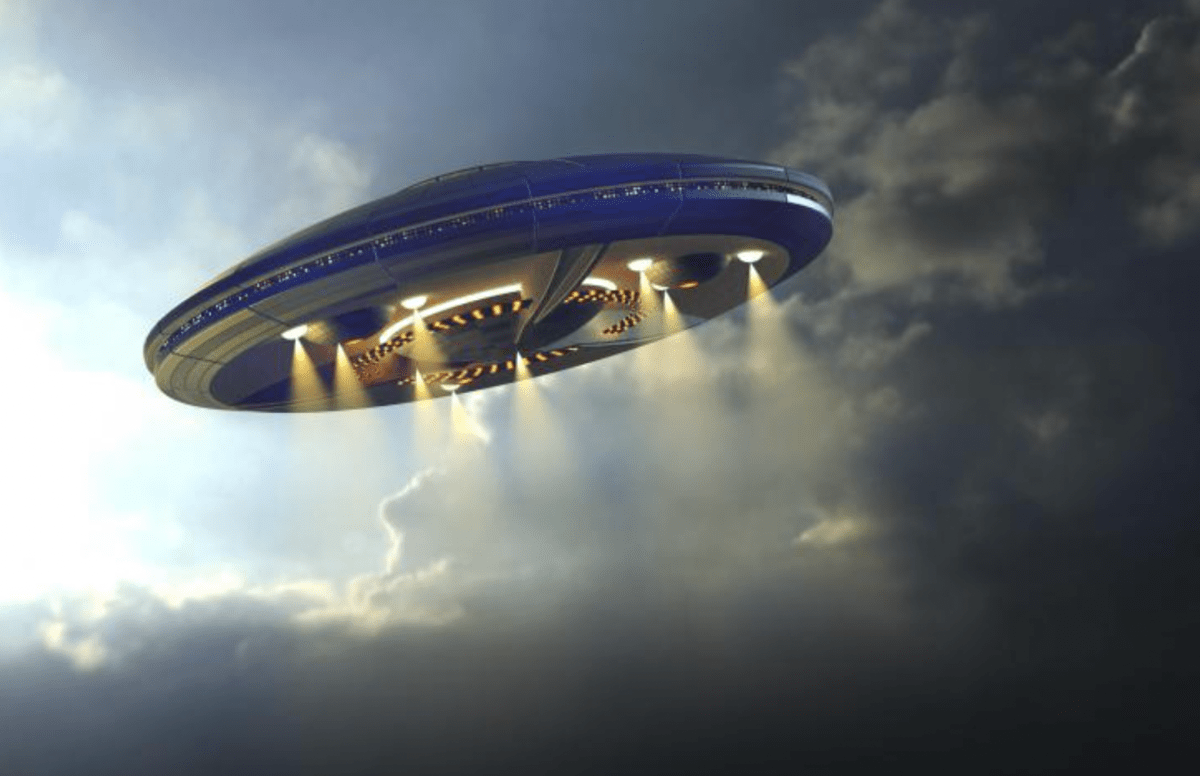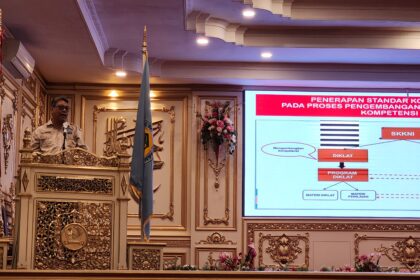[ad_1]
“If I had foreseen Hiroshima and Nagasaki, I would have torn up my formula in 1905.â€
– Albert Einstein
It has long been claimed by ufologists that the US government has been back-engineering UFOs at Area S4, the ultra secret site within Area 51.
In 1989, scientist Bob Lazar, who claimed to have worked at the base deep in the heart of the Nevada desert, spilled the beans on the study of UFOs — of which he claimed they had several.
The smaller saucer-like UFO he said he was studying, which was called the “sport model,†supposedly was based on directing gravity waves.
This came from a reactor which amplified the gravity waves which extended beyond the atom of Element 115, which he predicted to exist (he would be proved right years later).
Whether any of that is true or not, it is interesting to note that in 2019, the US Navy’s Naval Air Warfare Center Aircraft Division filed a number of seemingly out of this world patents that could, in theory, revolutionize not only military aviation, but just about everything.
According to a report by Alex Hollings in The National Interest, chief among these strange new inventions is a High Energy Electromagnetic Field Generator (HEEMFG), which if functional, could produce massive amounts of power with far reaching military and commercial implications.
The patent also eerily resembles longstanding theories posited by UFO researchers about the means of propulsion seemingly employed by alien visitors.
Recently, Brett Tingley over at The Warzone received a fresh dump of documents pertaining to these patents through a Freedom of Information Act request.
The Warzone has been leading the charge on analysis on these unusual patents ever since they surfaced two years ago, and are continuing the effort by pouring through hundreds of pages of reports, technical drawings, data, and photos released to them by the Navy.
Believe it or not, an electromagnetic propulsion system that could allow the Navy to build its own flying saucers may not be the craziest thing to come out of these efforts.
According to these newly released documents, another branch of this work deals with the concept of a compact fusion reactor, which among other things, could allow for the creation of a “Spacetime Modification Weapon.â€
Per the Navy’s own internal documents, this weapon could “make the hydrogen bomb seem more like a firecracker, in comparison.â€
These patents were born out of the work of US Navy aerospace engineer Dr. Salvatore Pais, and as crazy as his inventions may sound, the Navy clearly seems to think they are worth exploration.
So far, it’s been confirmed that the Navy has poured more than $466,000 into helping this program mature since 2017.
Here’s how a Navy PowerPoint slide labeled “For Internal Use Only†explains the implications of Dr. Pais’ Spacetime Modification Weapon, of course:
“Under uniquely defined conditions, the Plasma Compression Fusion Device can lead to development of a Spacetime Modification Weapon (SMW- a weapon that can make the Hydrogen bomb seem more like a firecracker, in comparison). Extremely high energy levels can be achieved with this invention, under pulsed ultrahigh current (I) / ultrahigh magnetic flux density (B) conditions (Z-pinch with a Fusion twist).“
So what exactly is this new technology?
A compact fusion reactor has long been the holy grail of energy scientists and researchers, and to be clear Pais isn’t the first person to suggest that he’s close to pulling it off.
A working fusion reactor would be a fundamentally different means of power production than the fission reactors found in nuclear power plants today.
Technically speaking, fusion reactors do already exist, but they’ve never been efficient enough here on earth to actually be used for power production (the sun, however, is a good example of a nearby fusion reaction at a massive scale).
While nuclear reactors in everything from power plants to aircraft carriers produce power by splitting a nucleus into two lighter nuclei (splitting the atom), fusion power would involve fusing two or more nuclei together into a single, heavier element – most likely, hydrogen atoms being fused into a single helium one.
In theory, an efficient fusion reactor could effectively end humanity’s reliance on fossil fuels. It could also could end humanity as we know it — not a promising outlook, actually.
Worryingly, Chief Technology Officer of the US Naval Aviation Enterprise, Dr. James Sheehy, has gone on record as saying that this technology may be a further reach than our current means can manage, but America isn’t the only dog in this fight.
“China is already investing significantly in this area,†Sheely told Patent Examiner Philip Bonzell, and “would prefer we [the US] hold the patent as opposed to paying forever more to use this revolutionary technology†as he asserts “this will become a reality.â€Â
This isn’t the first time someone has had a crazy idea about creating a super-weapon.
Hungarian-Jewish physicist Edward Teller, who was one of the authors of the letter signed by Albert Einstein and sent to President Franklin D. Roosevelt that spurred America’s nuclear program in World War II, wanted to think bigger than the 10.4 megaton bombs detonated at Enewetak Atoll in 1952.
Teller, a theoretical physicist who is known colloquially as “the father of the hydrogen bomb,†wanted US scientists to look into tactical nuclear weapon designs on one hand, and to create a 10,000-megaton nuclear weapon — nicknamed, Project Backyard.
Because basically, you didn’t need to transport it or drop it. Simply by detonating it, you would likely end most life on the planet.
Thankfully Teller’s plan was left on his infamous drawing board, for obvious reasons.
To put a doomsday weapon like that in the hands of mankind would be pure madness, and, totally unnecessary.
Russia, China and the US already had enough nuclear firepower to destroy the world several times over.
The largest nuclear weapon ever tested was the “Tsar Bomba†of the Soviet Union at Novaya Zemlya on October 30, 1961, with the largest yield ever seen, an estimated 50–58 megatons.
Interestingly, the comedy film Dr. Strangelove revolved around the creation of a theoretical doomsday weapon, and some say Teller himself inspired the bizarre but memorable character of Dr. Strangelove, played impeccably by Peter Sellers.
At this point, it’s impossible to say whether or not the Navy and Dr. Pais have managed to produce anything truly groundbreaking through their research — if they did, they certainly wouldn’t tell us.
And once this report goes public, we will, for sure, get the standard denial.
According to US Army Colonel Philip J. Corso’s book, The Day After Roswell, technology garnered from from alien crashes, such as the infamous Roswell incident in 1947, has led to several modern-day technologies, such as fiber optics and integrated circuits.
And Corso would be in the know — he was a Special Assistant to Lt. General Arthur Trudeau, who headed Army Research and Development, a member of President Eisenhower’s National Security Council, and, was in charge of the Foreign Technology Desk.
Also, he and Trudeau were instrumental in convincing President John F. Kennedy in the White House Oval Office to make the push for the historic man on the moon speech.
Both military men urged the president to support the Apollo project, to maintain the technological race with the Soviet Union.
Much like the technology at Skunkworks©, which is believed to be 50 years ahead of the current aerospace technology and guarded tightly by the US military, any UFO-like technology would be treated like the Manhattan project.
In other words, don’t count on it happening any day soon.
— with files from WeAreTheMighty, Wikipedia, Rotten Tomatoes, The Day After Roswell
[ad_2]
Source link










